Explore dragon-themed travel sites in Gyeongsang region
By Lee Si-jinPublished : Jan. 1, 2024 - 14:50
While food tours or luxury adventure vacations are surefire crowd-pleasers, exploring South Korea's many sites inspired by the mythical dragon creature will offer holidaymakers a chance to learn more about the country, its culture and history in 2024, the year of the blue dragon.
Busan’s Haedong Yonggung Temple
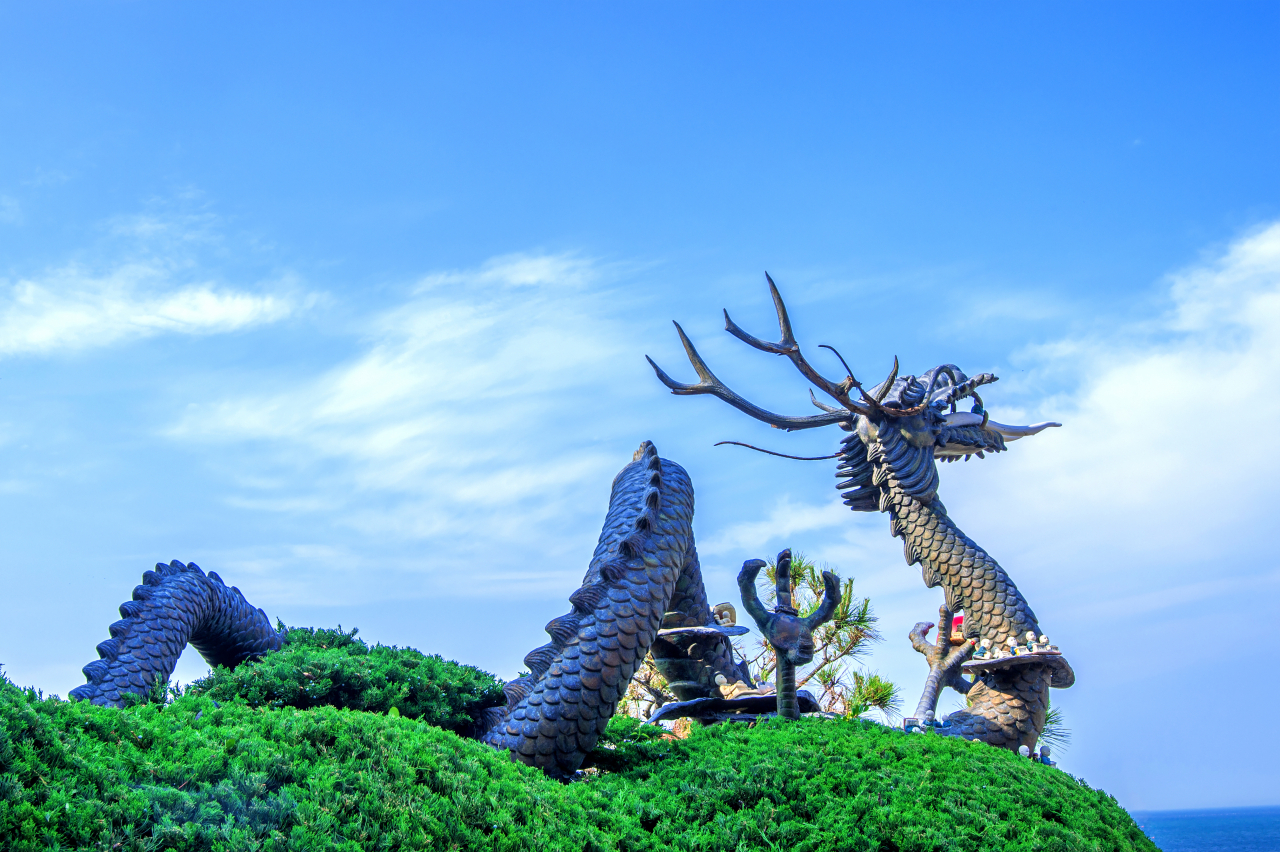
If you are looking to hit some towns in South Gyeongsang Province or pay a visit to Busan, the popular coastal town at the southern part of the Korean Peninsula, consider adding Haedong Yonggung Temple to your itinerary.
Haedong Yonggungsa, meaning “Korean dragon palace temple,” is a Buddhist temple in Gijang-gun, Busan.
It is considered one of the most beautiful temples in the country, standing at the very edge of the seashore with Sirang Mountain as a stunning backdrop.
The name of the temple was given as Avalokitesvara Bodhisattva, the Buddhist deity who gazes down on the world with compassion, descended on the temple by riding a dragon, according to local legends.
Starting from the bamboo forest near the main entrance gate, or “iljumun” in Korean, to the flying dragon statue at the main temple site, dragon-themed architectures add a mysterious atmosphere to the coastal city’s go-to travel spot.
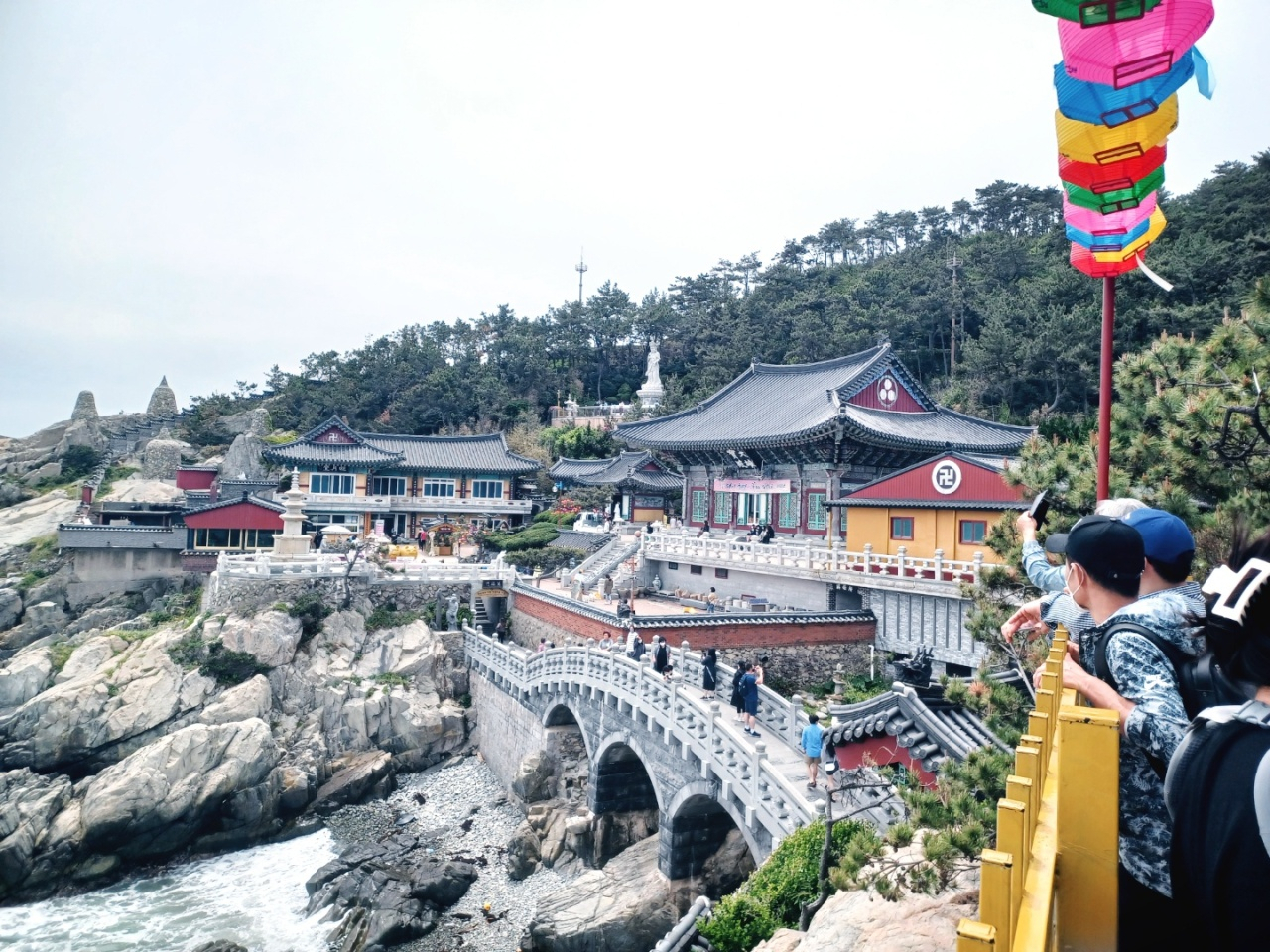

With colorful murals, splendid landscapes and the unending sea horizon, the Buddhist temple will make even the most camera shy snap a selfie.
Haedong Yonggungsa was also featured in famous dramas and films, including Netflix’s action flick “My Name” (2021).
Yecheon’s Hoeryongpo Village
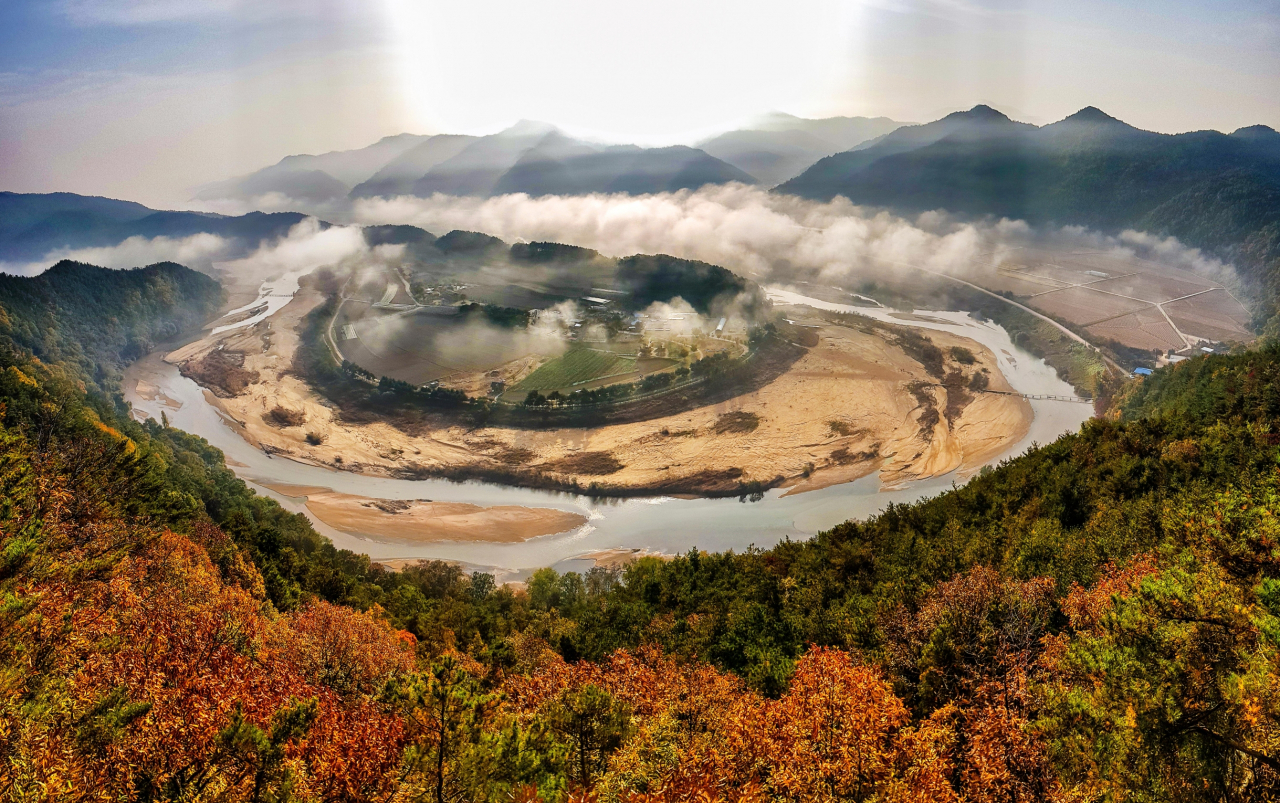
Yecheon, a southeastern county almost 200 kilometers from Seoul, is home to Hoeryongpo Village that beckons tourists with its pristine waters and sandy shores in North Gyeongsang Province.
Looking down on the village from high above, Hoeryongpo, meaning “winding dragon stream” in Korean, takes on the shape of a teardrop as it is surrounded by the winding Naeseongcheon, which resembles a dragon protecting the village in its embrace.
Though the village first became popular among climbers who enjoyed the panoramic view of Hoeryongpo Village from a hike up Biryongsan and the temple Jangansa, Hoeryongpo became one of North Gyeongsang Province’s go-to travel sites after a bridge connecting the village in 1997 made it all the more accessible.
Take a light stroll along the river and enjoy the smooth, sandy shore and nearby flower garden.
It takes almost an hour to make the trip around the entire village.
Pohang’s Guryongpo Village
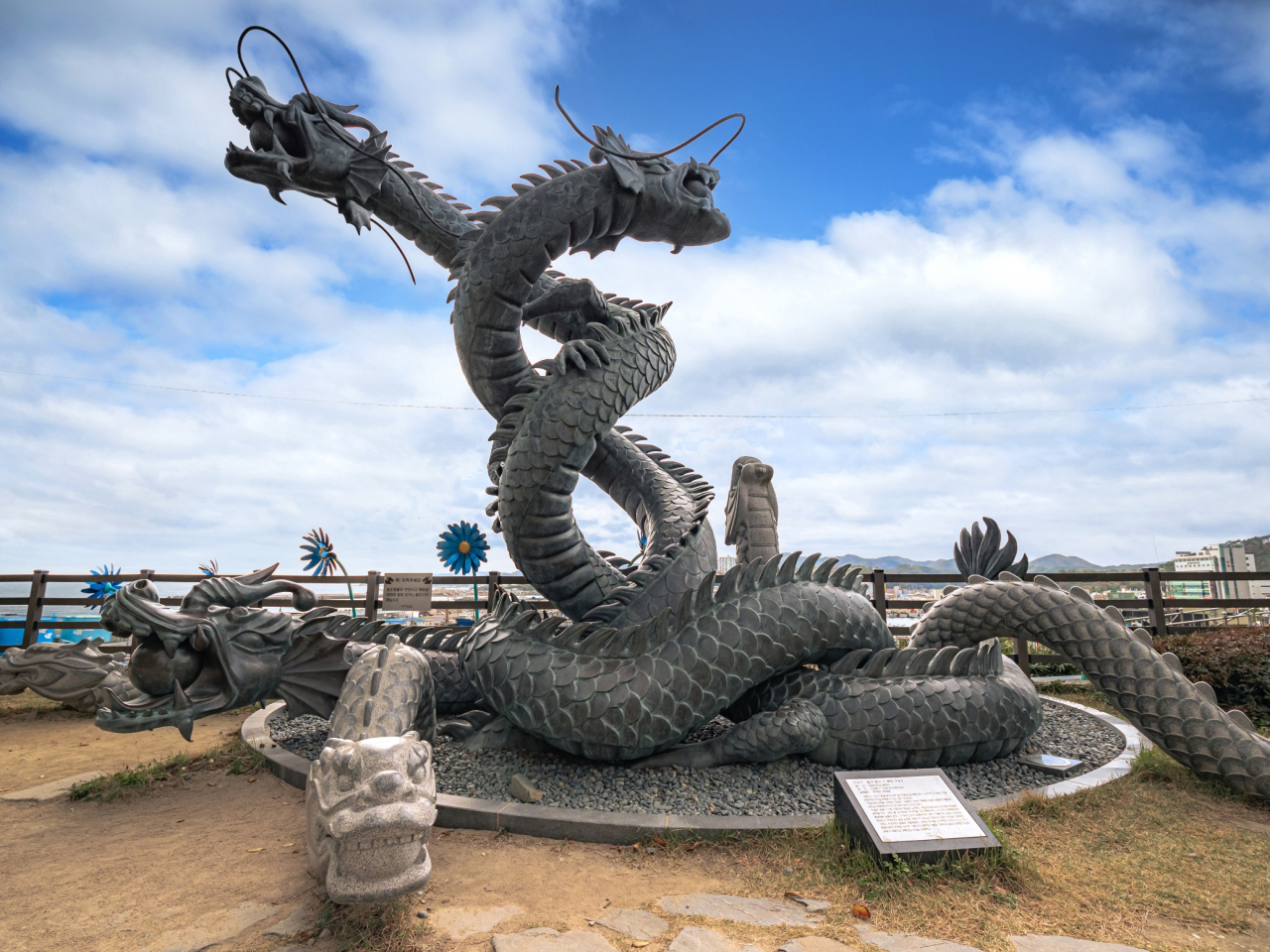
Pohang's Guryongpo, a coastal town in North Gyeongsang Province, meaning “Nine Dragon Village” in Korean, was named after a myth about the nine dragons that rose to heaven.
According to a legendary myth in the sixth century in the ancient Silla period, 10 dragons were ascending to the sky during stormy weather. But a massive thunderstorm took one dragon down and stained the seawater red, and as a result calmed the heavy rain and strong winds.
Guryongpo’s unique charm comes from the hilly terrain, which offers a stunning seascape of the East Sea only with a short walk from the downtown Guryongpo Harbor.
The 15-kilometer shoreline and Guryongpo Beach aside, the village caught countless Korean drama fans’ hearts after becoming the main stages for hit drama projects “When the Camellia Blooms” (2019) and “Hometown Cha-Cha-Cha” (2021).
In particular, Guryongpo Japanese House Street became a must-visit tourist site in Pohang after “When the Camellia Blooms” was released, with its Japanese architecture, idyllic houses and teas, and allows visitors to experience wearing the traditional Japanese yukata attire.
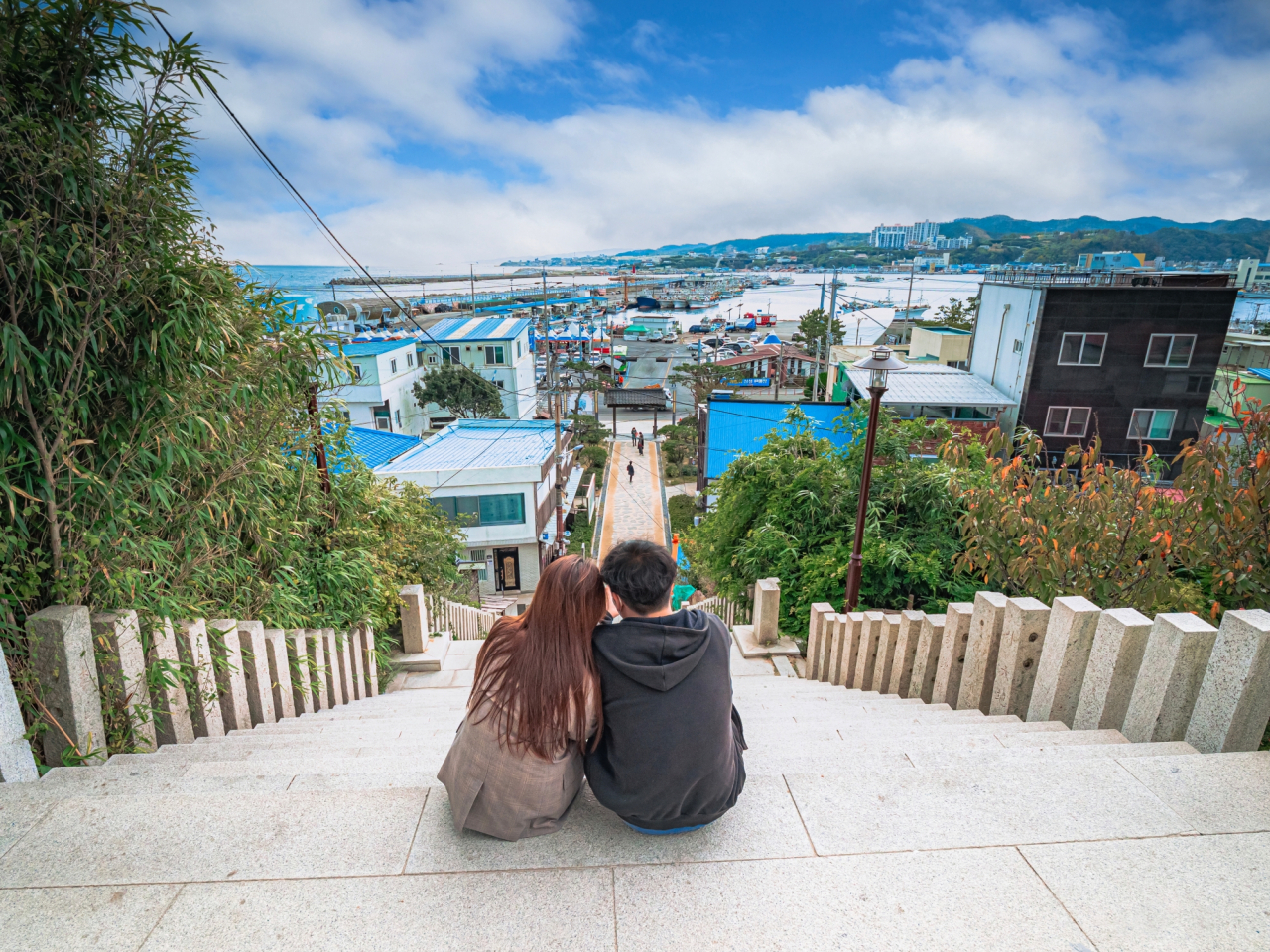
The Guryongpo Park, surrounded by the dragon sculptures, is one of the renowned photo zones for those who want to re-create the picturesque scenes from the drama series.






![[Weekender] How DDP emerged as an icon of Seoul](http://res.heraldm.com/phpwas/restmb_idxmake.php?idx=644&simg=/content/image/2024/04/25/20240425050915_0.jpg&u=)



![[Music in drama] An ode to childhood trauma](http://res.heraldm.com/phpwas/restmb_idxmake.php?idx=644&simg=/content/image/2024/04/25/20240425050929_0.jpg&u=)








![[Herald Interview] Mistakes turn into blessings in street performance, director says](http://res.heraldm.com/phpwas/restmb_idxmake.php?idx=652&simg=/content/image/2024/04/28/20240428050150_0.jpg&u=20240428174656)
